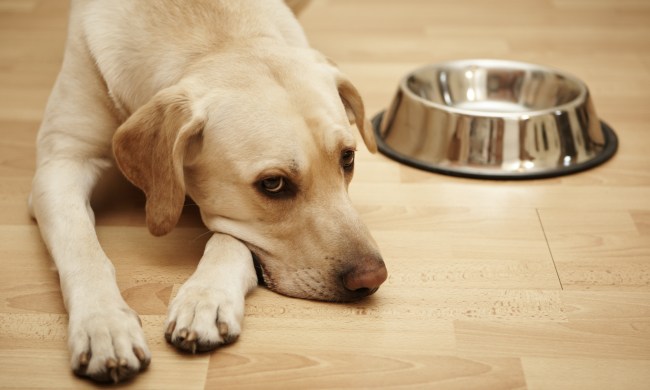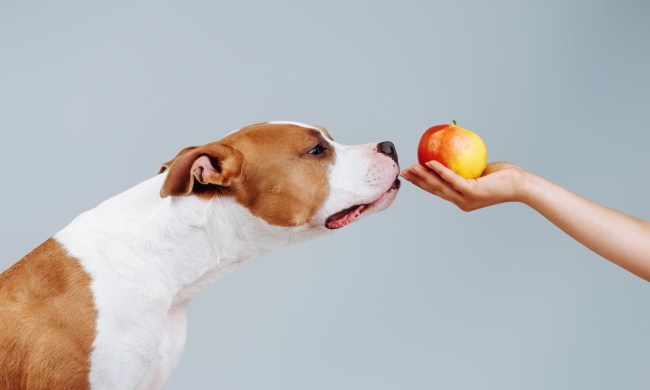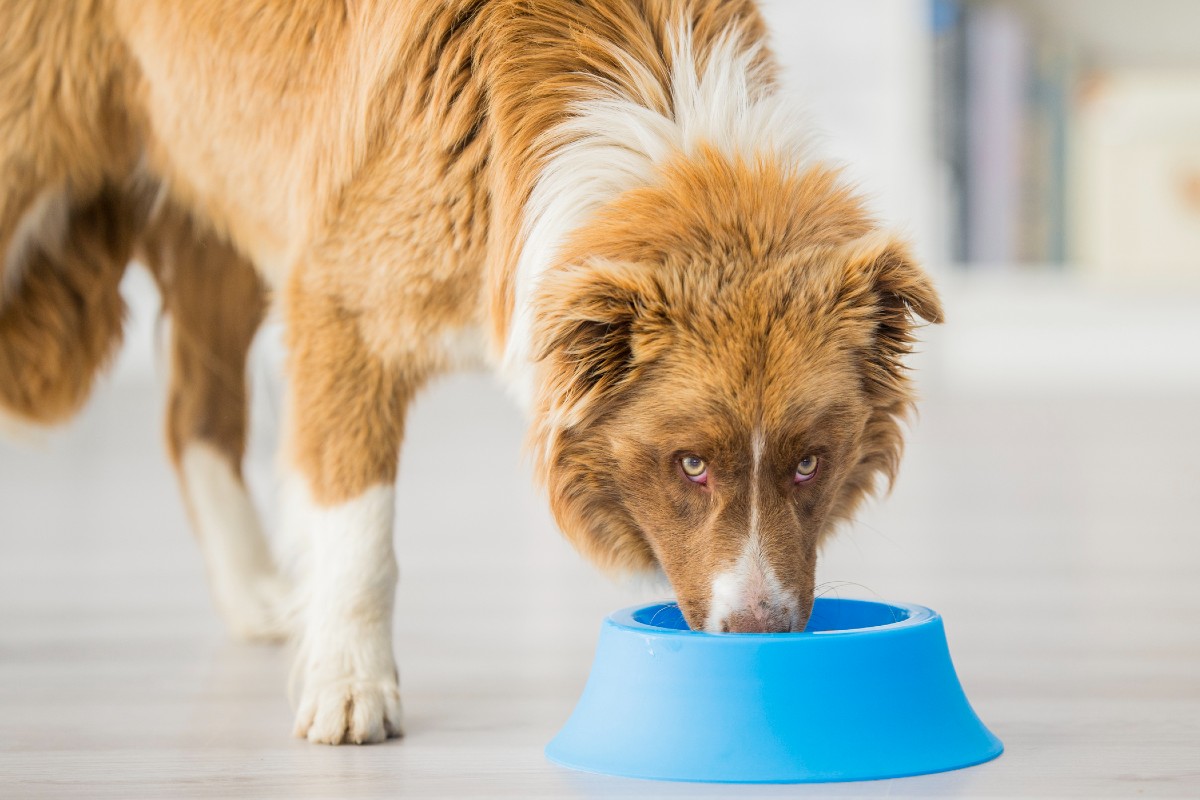
Navigating the pet food aisle can be a daunting task. From ingredients to texture, there are many qualities that determine whether your dog enjoys a balanced diet. All dog food is highly regulated, and the choice will come down to your individual pet’s preferences and medical needs.
In this comprehensive guide, we’ve handpicked the highest-rated dry dog food products available online. We understand that every pup has distinct nutritional requirements, and we’re committed to helping you find a product that meets your pet’s individual needs.
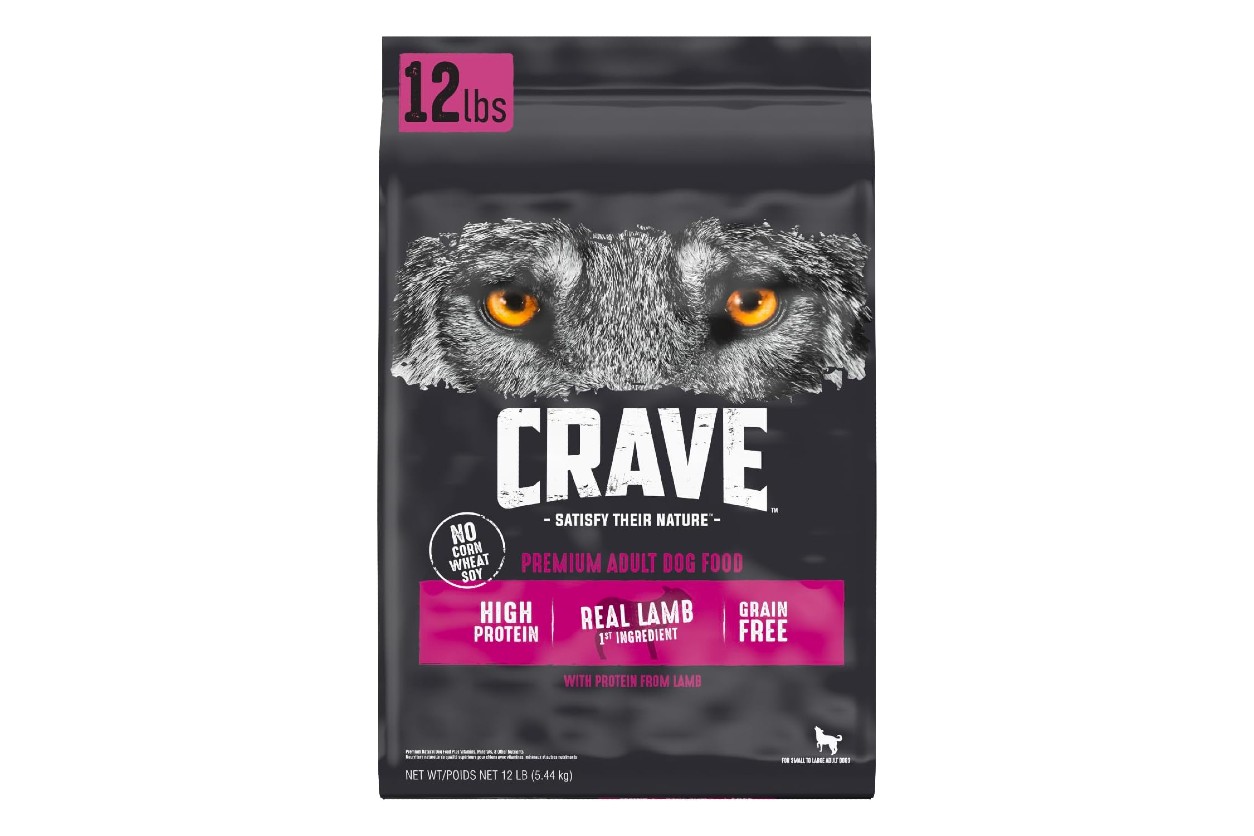
Crave Dog Food with Lamb
The first ingredient in Crave High Protein Dog Food is lamb. Lamb is a flavorful source of protein and amino acids for dogs. Plus, Crave food is grain-free, meaning there is no filler soy, corn, or wheat. These high-quality, calorie-rich ingredients provide the nutrients needed for a lean, healthy body and the energy for lively playtime.
This recipe channels the diet of wolves, focusing on real, high-quality animal protein. Because it’s grain-free, this dog food becomes a strong choice for dogs dealing with food allergies.
Pros:
- First ingredient is lamb
- High calorie content suitable for active breeds (34% crude protein)
- No artificial flavors, colors, or preservatives
Cons:
- Not suitable for weight gain in active dogs
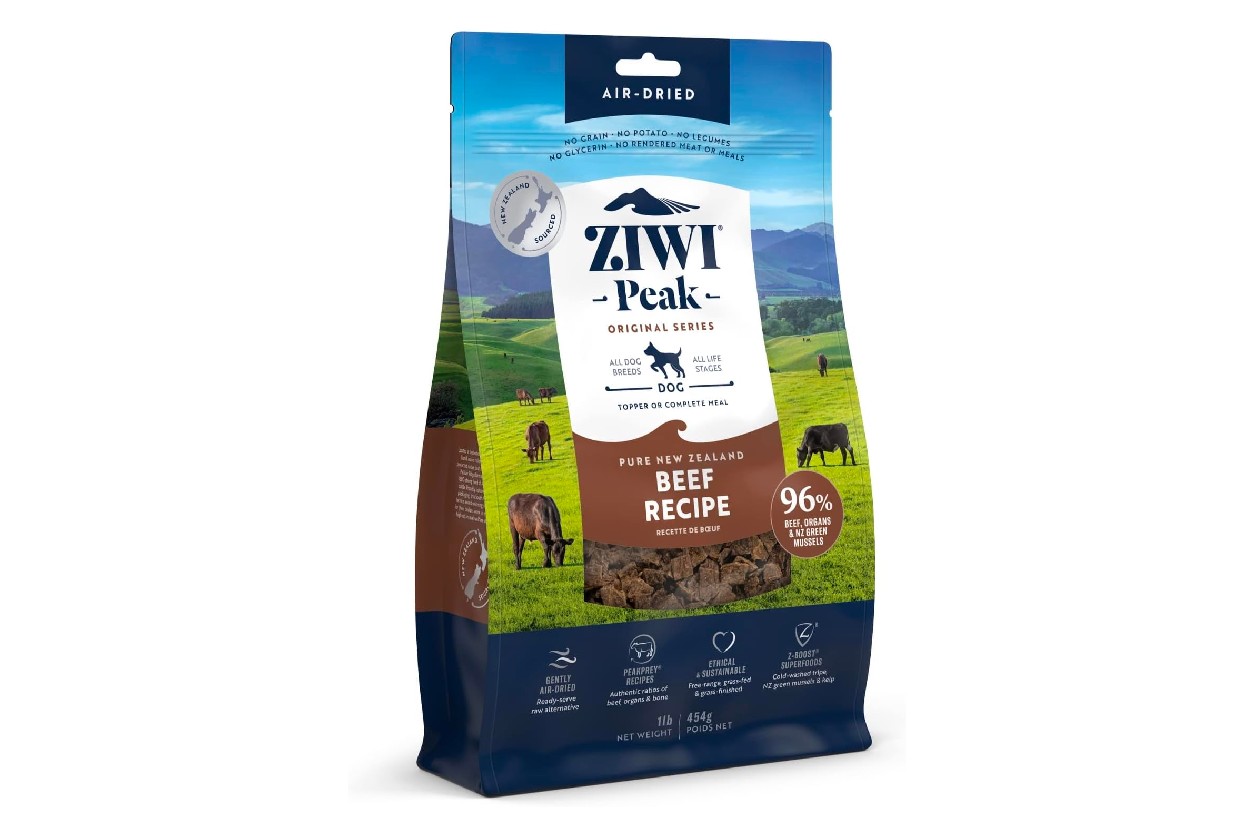
Ziwi Air-Dried Dog Food
This all-natural, high protein, and grain-free option originates from New Zealand, from a brand committed to ethical and sustainable farming practices.
Ziwi food avoids unnecessary carbohydrates with rich meat formulas. The beef is grass-fed and free-range without artificial fillers or preservatives. As far as dry dog food goes, this formula is moist and not as crunchy as normal kibble, making it a good option as a food topper as well.
The package lists the ideal portion by weight and recommends a gradual transition over 6-8 days to prevent digestive trouble.
Pros:
- For carnivorous diets, 96% meat
- Can be used as a food topper
- Sustains moisture and softness
Cons:
- At $30 per pound, this is some of the most expensive dog food
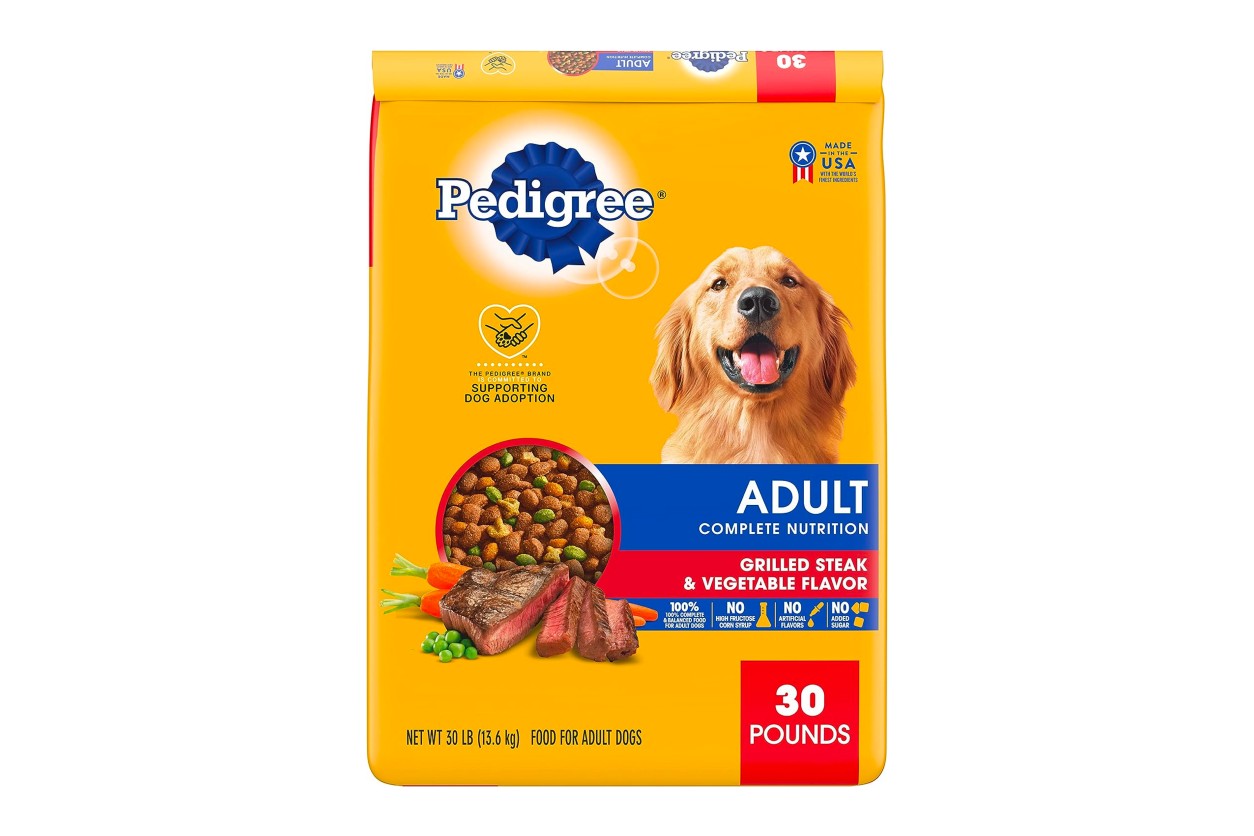
Pedigree Adult Dry Dog Food
Packed with antioxidants, vitamins, and minerals, this dry dog food supports an active and healthy lifestyle for your adult dog. Enriched with omega-6 fatty acids, this product is a game-changer for dogs with skin issues. It helps nourish their skin and promote a healthy, shiny coat. Unlike Ziwi, this formula is a crunchy mix of protein, whole grains, and vegetables.
Pedigree is an affordable household brand without any artificial flavors, high fructose corn syrup, or added sugar. The consistent formula helps dogs stay on a regular bathroom cycle.
Pros:
- Great value for price ($0.90 per pound)
- Omega-6 fatty acids for coat health
Cons:
- Contains whole-grains
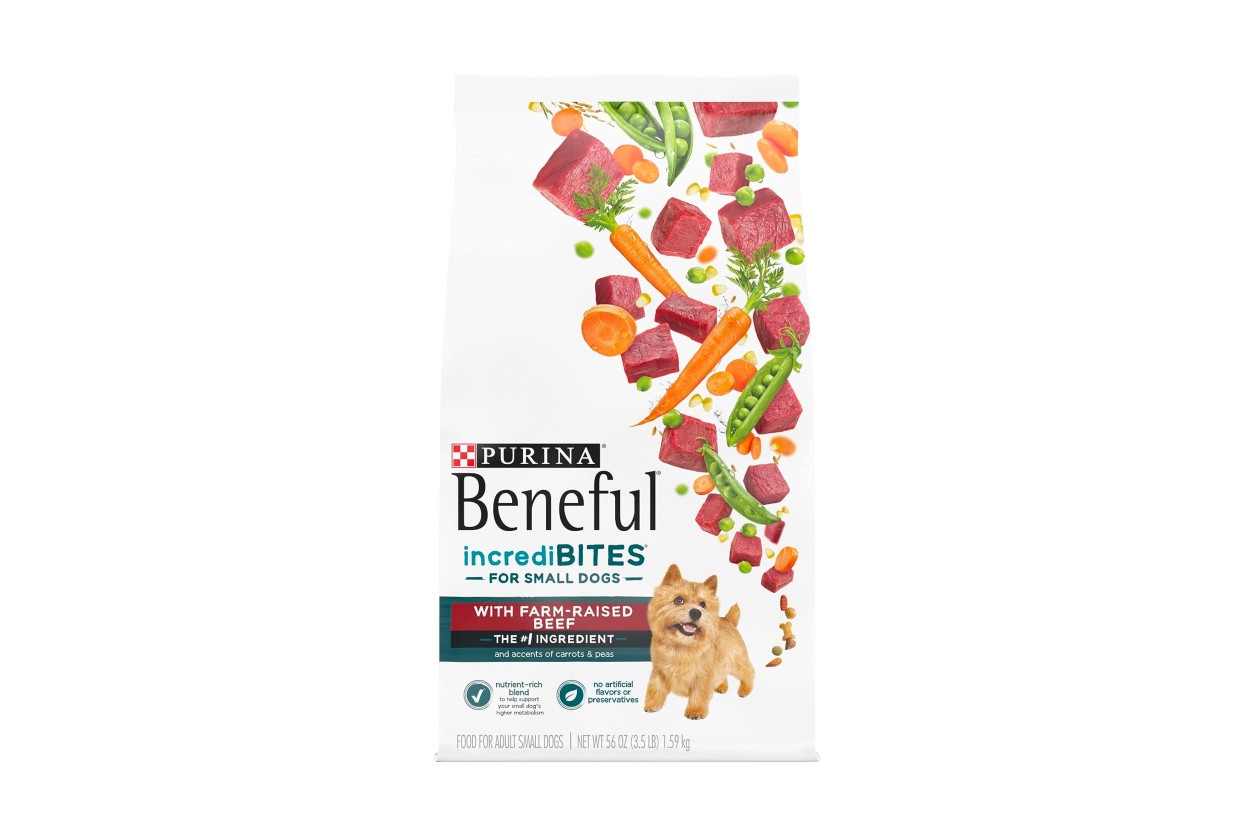
Purina Beneful IncrediBites Dry Dog Food
Purina IncrediBites are specially catered to the unique needs of small dogs, while being rich in flavor and nutrition. The first ingredient is farm-raised beef, with a whopping 26 grams per serving. Small dogs often need more calories than a large dog, pound for pound.
Purina Beneful IncrediBites contain antioxidants for immune system support, keeping them healthy and spry. Additionally, the calcium-rich ingredients give teeth and bones a healthy boost.
Pros:
- The small, crunchy kibble is suitable for small breeds
- Helps in maintaining dog’s digestive health
- Keeps dog’s breath fresh, reducing gas
Cons:
- Be careful ordering bag size
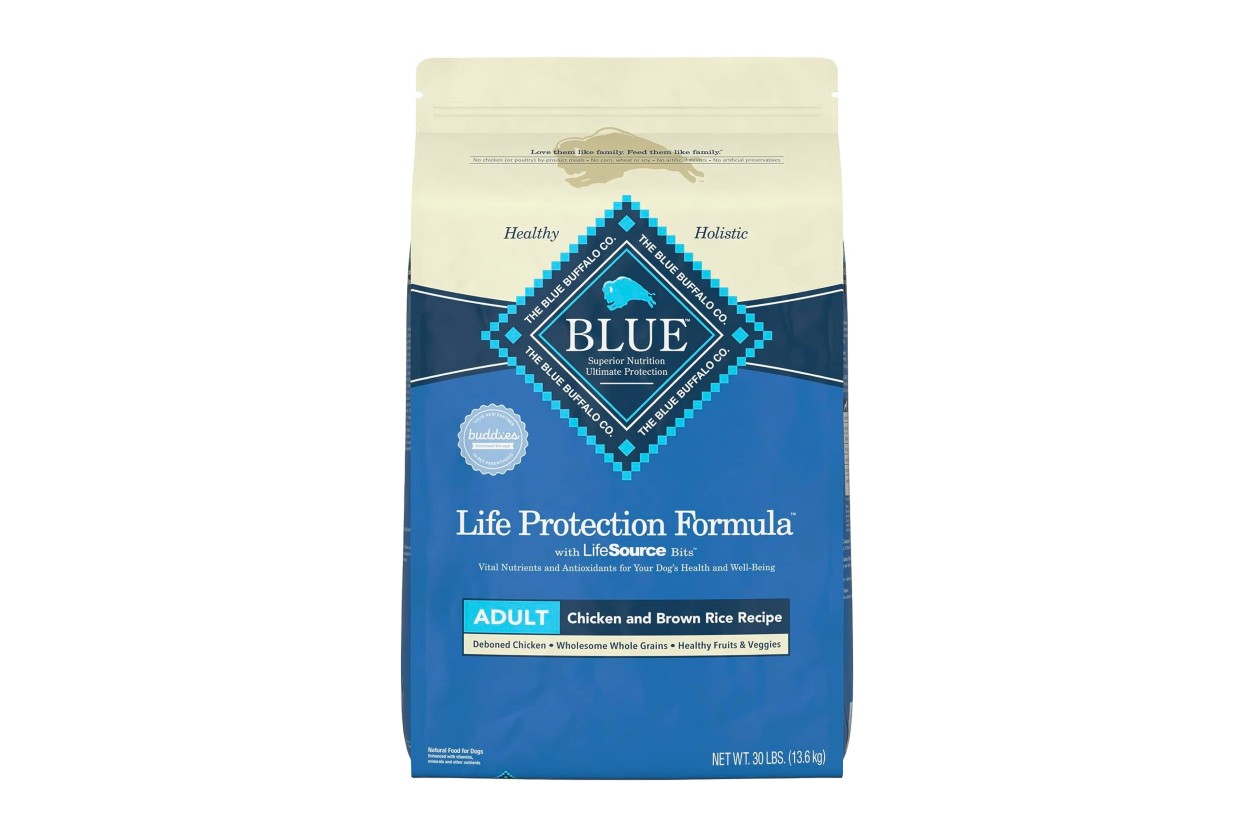
Blue Buffalo Chicken and Brown Rice Dog Food
Blue Buffalo food is made in the USA with a dedication to real ingredients. In fact, you’ll recognize most ingredients, such as deboned chicken, brown rice, barley, potatoes, and peas.
This recipe swaps rice for grain which can improve skin and coat issues. The mix of vitamins and minerals promotes immune system health.
Pros:
- Formula improves dog’s coat and health
- Contains recognizable, natural ingredients
Cons:
- Second-most expensive option on the list

How to pick dry dog food
A decade ago, choosing dog food was simple – visit the closest grocery store, pick food appropriate for your dog’s weight or age, and repeat. But today, the complexity of choices can make even the most seasoned pet parent’s head spin: wet, dry, grain-free, canned, or raw.
Dry dog food, also known as kibble, is a popular choice among dog owners for its convenience, affordability, and long shelf-life. It comes in a myriad of flavors and formulas, each catering to different breeds, sizes, age groups, and dietary requirements.
Ingredient quality
The first step to determine the quality of dry dog food is the ingredients list. Look for foods whose primary ingredients are real meat, such as lamb, chicken, beef, or salmon. Be wary of vague terms like “meat meal” or “animal by-product,” as these often indicate low-quality protein sources. Avoid foods that are loaded with fillers like corn, wheat, and soy, which are difficult for dogs to digest and offer little nutritional value.
Nutritional balance
The next aspect to consider is the balance of nutrients. A healthy dry dog food should provide a balanced mix of proteins, carbohydrates, fats, and fiber. High protein content supports muscle development, carbs provide energy, fats help maintain a healthy skin and coat, and fiber aids digestion. You can use standards set by the Association of American Feed Control Officials (AAFCO) to judge the nutritional balance of a dry dog food product.
Account for life stage and weight
It’s essential to choose dry dog food designed for your pet’s specific life stage and size. Puppies need a diet rich in protein and fat for their growth, while seniors require less calorie-dense food to prevent weight gain. Make the transition between puppy food and adult food over the course of a week to prevent stomach issues like vomiting and diarrhea.
Breed also matters. Small breed dogs need more calorie-rich food, and large breeds benefit from food with joint health support, like glucosamine, Omega 3, and Vitamin C.
Brand reputation
The reputation of the brand you’re considering is an important factor. Reputable brands have a solid track record of producing safe, nutritious, and high-quality dry dog food. Look for brands that prioritize food safety, quality control, and scientific research.
While it’s tempting to equate high price with high quality, this isn’t always the case. Many budget-friendly dry dog foods offer balanced nutrition and quality ingredients. Instead of focusing solely on the bag’s price, consider the cost per serving and the long-term value in terms of your dog’s health and potential vet bill savings.
Special dietary needs
If your dog has special dietary needs due to allergies, health conditions, or breed-specific requirements, you’ll need to consider these while choosing a dry dog food.
Dog food brands offer formulations like hypoallergenic, grain-free, low-fat, and breed-specific to cater to these needs. Consult your vet to understand what unique dietary requirements your dog may have. Your vet may be able to identify common dog food allergies, such as dairy, meat, and soy.
Dog food flavor
Finally, consider your dog’s taste preferences. No matter how nutritious a dry dog food is, it’s useless if your dog refuses to eat it. Dogs have individual tastes, and some are notoriously picky eaters. Select a product that is both nutritionally sound and palatable to your dog.
Choosing the best dry dog food is a complex task, involving a careful consideration of various factors like ingredient quality, nutritional balance, and your dog’s unique needs. By using this guide, we hope you’ll feel confident making an informed decision that will contribute to your dog’s long-term health and happiness. After all, a well-fed dog is a happy dog.
